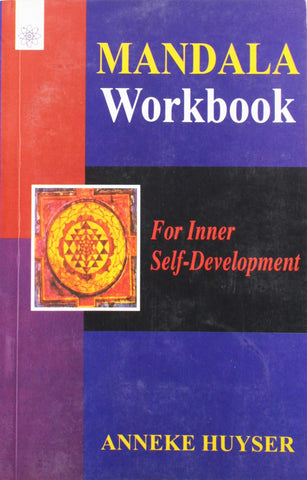Your cart is empty now.
The book describes about the early Buddhist monasteries along with some world famous monasteries. It also throws light on the monasteries located in the Indian Himalayan tracts. Discussions were also made on the Buddhist monasteries of neighbouring countries like Nepal, Bhutan and Tibet. In this way the book gives detailed information about Buddhist monasteries well supported by maps and illustrations which may enable one to know the importance of these monasteries.
Dr. G. K. Lama, Professor, Department of AIHC & Archaeology, Centre of Advanced Study, Banaras Hindu University, Varanasi, having specialization in the field of Archaeology, Buddhism and South-East Asian Studies, has sixteen books in his credit namely Tibet Men Bauddha Dharma Ka Itihas-2004; Samyak Darshan -2004; Cultural Heritage of South-East Asia-2009; Indus to Ganges-2009; Pakkakot: Some New Archaeological Dimensions of Mid- Ganga Plain-2012; Buddhist Cave Temples of Ancient India-2013; A Buddhist Universe- 2016: An Archaeological Journey of Nalanda-2018; Art Heritage of Nalanda- 2018; India: A Journey from Lithic to Iron- 2019; Footprints of the Buddha on the Roof of the World-2020, Glimpses of North-East India-2021, Indian Culture through the Ages-2021, Revealing India's Past-2021, Buddhism on the Silk Route-2022 and The Cult of Adamantine Path-2022. He has presented 67 research papers in various National and International seminars and 103 research papers have been published in various reputed journals, edited books, conference proceedings and felicitation volumes. He has completed a Major Research Project entitled Archaeological Investigation in and around Nalanda, granted by the University Grants Commission, New Delhi, which was submitted in 2014. The author has also completed 16 projects regarding archaeological investigations in Sikkim, Eastern and Western UP and Bihar with the kind permission of Archaeological Survey of India, New Delhi. He has invited twice to Sri Lanka and once to Thailand to deliver special lectures.
With the development of Buddhism it had faced so many problems. Habitation of Buddhist monks was one of them. In Vedic tradition ascetics were always used to wandering and they didn't stay at a fixed place. In the beginning Buddha himself also followed this tradition and he wished that his follower monks also follow this old Indian tradition. So that he says-Charatha bhikkhave charikam bahujan hitaya bahujan mukhayar but increasing number of monks forced him to think about their habitation. In Buddhism there was no place for Varna and Ashram system. A person of any age group and any caste was free to become a Buddhist monk, so number of monks was increasing day by day. Being wandering monks, the member of the samgha had no fixed habitat. They used to stay here and there. Consequently they had to find out some temporary shelter, whether in caves or under trees or in sanctuaries during the rainy season, which were unsuitable for habitation and when they required to observe arshanasa by taking a fixed aasa and by depending for alms on the householders around the anasa. This state of affairs took a better turn even during the lifetime of Buddha. Thus came into being monastic abodes where the monks could meditate peacefully during their rainy retreats and perform the communal ceremonies. Chullavagga informs us that the Nagarsreshthi of Rajagriha had requested to the Buddha to permit monks to live in man made residences. Rich lay followers of Buddhism had donated residential complexes to the samgha. Buddha himself accepted the donation of Venuvan at Rajagriha and used to stay in Aram on the request of Bimbisar, the king of Magadha. Everyone knows about the donation of Amravana of Vaishali by Ambapali. Buddha resided at Jetavana at Stavasti on the request of Anathapindika. It means Buddha himself changed his thinking and used to live in man made residences and also permitted to monks for the same purpose.
Monastic life in viharas and mahaviharas of India is based upon the definite evidences of the Chinese travellers, right from Fahien to I-tsing. Fortunately they have left us with the vast details of their observations of day-to-day functioning of the monasteries in various parts of India. These details are very significant for us based upon their first hand account. But at the same time we should not fail in critically examining the authenticity of these details. The reason being, they were devout Buddhists and therefore, their accounts are not free from such exagerations, which are beyond recognition.
Delivery and Shipping Policy
- INTERNATIONAL SHIPPING
- Rs.1000-1100/kg
- ESTD. Delivery Time: 2-3 weeks (depending on location)
- Bubble Wrapped with Extra Padding
- NATIONAL SHIPPING
- NCR: Rs. 30/half kg
- Standard: Rs. 80/half kg
- Express shipments also available on Request
- ESTD. Delivery Time: Ranging from 1-4 days up to 7 business days (Depending on your choice of Delivery)
- TRACKING
- All orders; national or international, will be provided with a Tracking ID to check the status of their respective orders
- Depending on the Shipping Service, Tracking ID may be used on their respective tracking portals
Frequently Asked Questions (FAQs)
Domestic Shipping: 3-4 Days (after shipping)
International Shipping: 1-2 weeks (based on your location)
You will receive an email once your order has been shipped or you can email us if you didn't receive tracking details (info@mlbd.co.in)
Every book that we sell is the latest edition except all the rare books
Yes, we do provide free shipping, only on domestic orders (within India) above Rs.1500











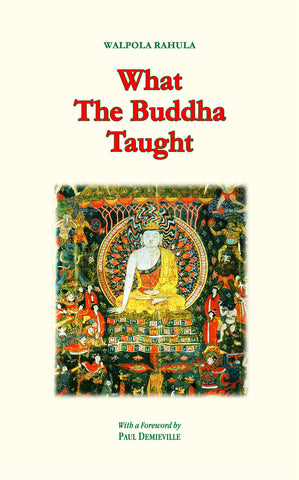
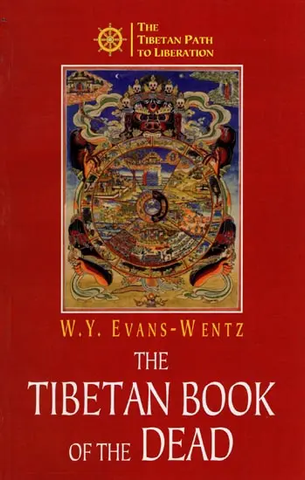
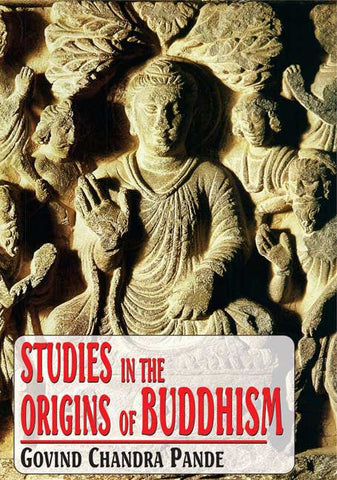
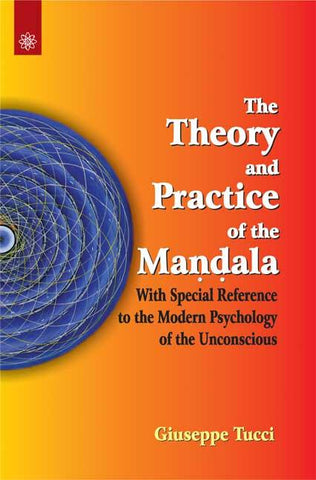
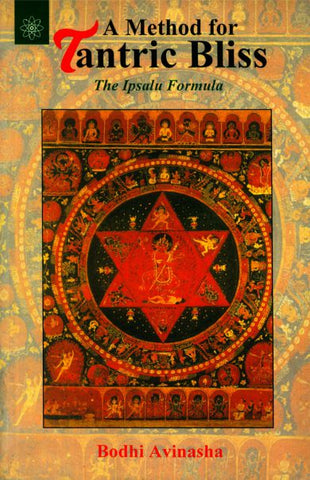
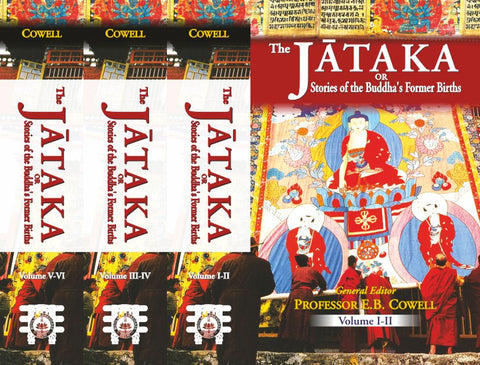
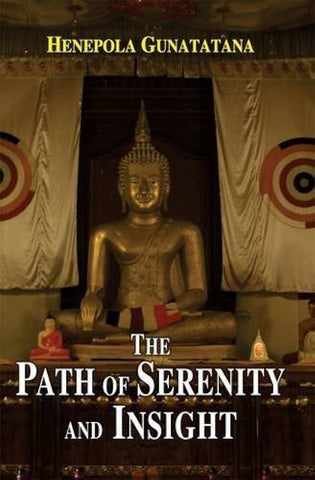
![The Rishukyo [Buddhica Britannica Vol.3]: The Sino-Japanese Tantric Prajnaparamita in 150 Verses (Amoghavajra's Version)](http://www.motilalbanarsidass.com/cdn/shop/products/RISHUKYO_large.jpg?v=1675417651)
